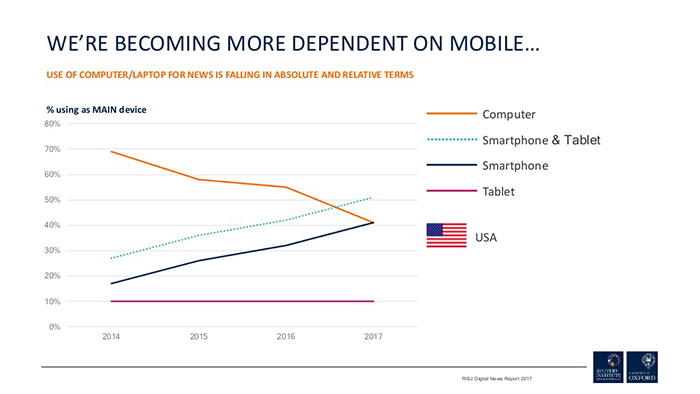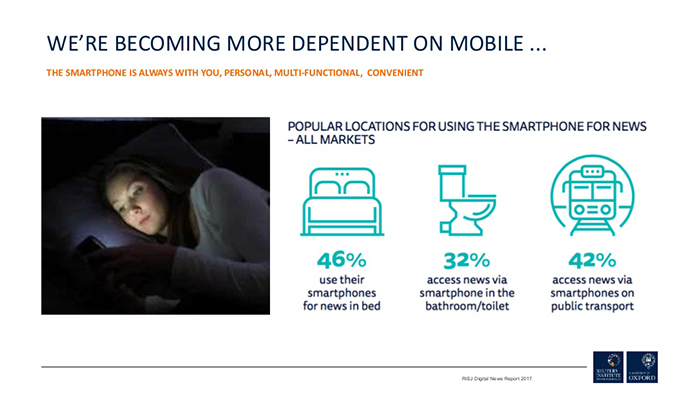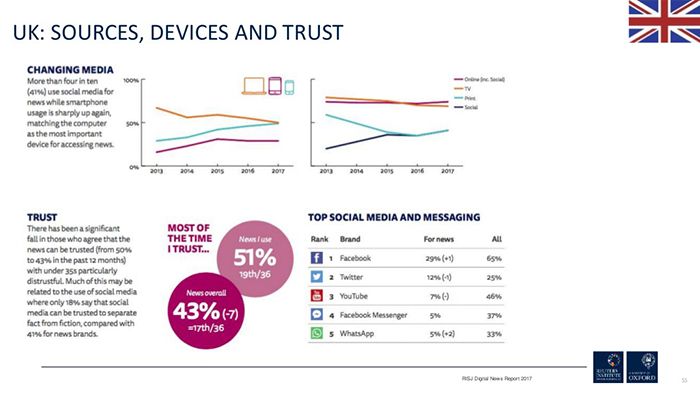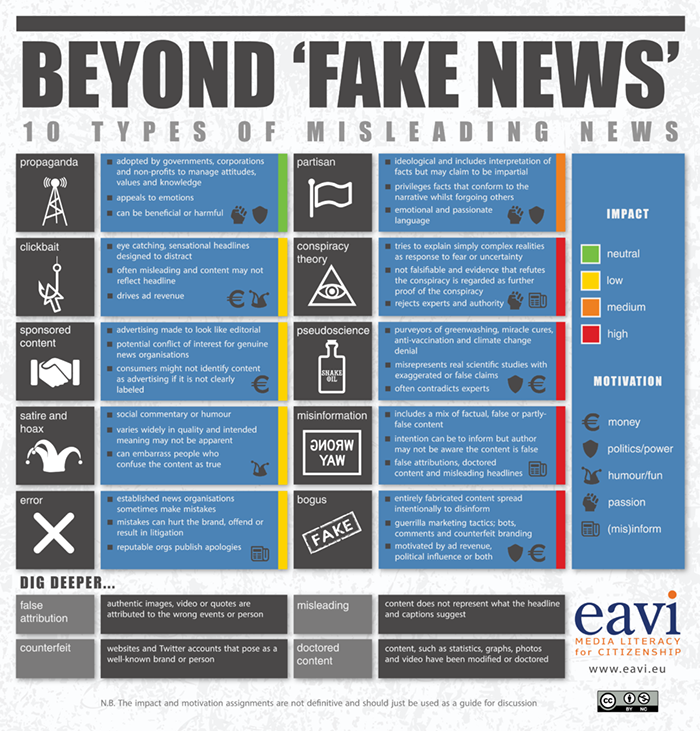Evaluating news sources
As November is Islamophobia Awareness Month at KCLSU we thought it would be good time to highlight how to evaluate news sources and going beyond ‘fake news’. Evaluating information in the digital age is a critical skill especially with social media becoming a growing source of news information.
According to the Digital News report 2017 (Reuters Institute for the Study of Journalism, Oxford University) over half of those surveyed now use Social Media for news (41% for the UK respondents). The rise in the use of social media as a news source has risen as the use of computers and laptops for accessing news has fallen.


Only 24% of those people however thought that social media does a good job in separating fact from fiction compared to 40% for the news media.

With more people looking online for news sources it becomes vital to evaluate the new stories and information found. We seem to be living in a ‘Fake news’ era, the term though being regularly used is a simplification implying that there are only two types of news; real and fake. EAVI – the European Association for Viewers Interests – is an international non-profit organisation and has created this infographic on the ten types of misleading news, going deeper than just real or fake:

If you want to know more about how to evaluate news sources the research & learning services of Cornell University Library has a good online guide or this Harvard Library research guide - Fake News, Misinformation, and Propaganda – provides more background information, links and tools.
King’s Libraries also provide free access to online study skills materials including some relating to Critical thinking skills.